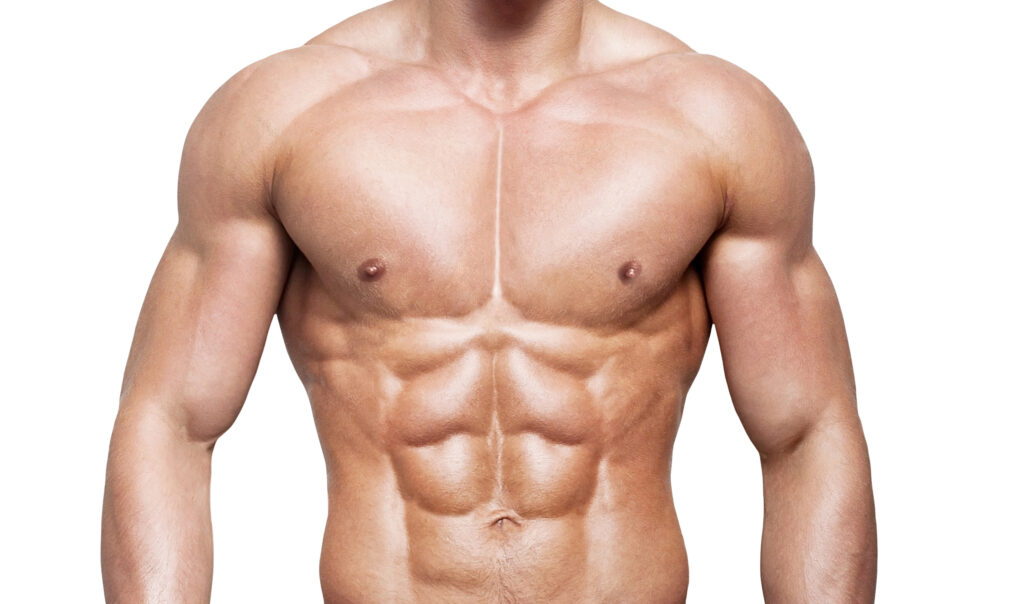Achieving a chiseled six-pack is a goal many individuals strive for, but it’s also one that can be elusive for various reasons.
Firstly, genetics play a significant role. We all store fat differently, and for some, the abdominal area might be the last place where fat is lost. Even when you’re shedding weight, your body might opt to burn fat from your arms, legs, or other areas before it targets the belly region. It’s not necessarily about how hard you work, but more about how your body is genetically programmed to store and release fat.
Secondly, the abdominal muscles are relatively small compared to larger muscle groups like the legs or back. When you work out larger muscles, you burn more calories, which can contribute to overall fat loss. So, while abdominal exercises are crucial for strengthening the core and building muscle, they alone aren’t sufficient for fat loss.
Another challenge is that achieving visible abs isn’t just about muscle development; it’s about having a low enough body fat percentage for those muscles to show. For men, abs typically become visible at a body fat percentage of around 10-12%, and for women, it’s around 16-19%. Reaching and maintaining such low percentages requires a strict and consistent approach to both diet and exercise.
Nutrition is another pivotal factor. It’s often said that “abs are made in the kitchen,” meaning your diet plays a significant role in revealing those muscles. Consuming processed foods, sugars, and excessive calories can lead to fat accumulation, especially around the midsection. A balanced diet that focuses on whole foods, combined with a caloric deficit (burning more calories than you consume), is essential for fat loss.
Lastly, stress and sleep are often overlooked factors. Chronic stress can lead to the overproduction of cortisol, a hormone that promotes fat storage in the abdominal region. Similarly, inadequate sleep can disrupt hormones that regulate appetite and fat storage.
While developing six-pack abs is an admirable goal, it’s multifaceted, requiring attention to exercise, diet, genetics, and lifestyle factors. With dedication and a holistic approach, however, it is achievable.

